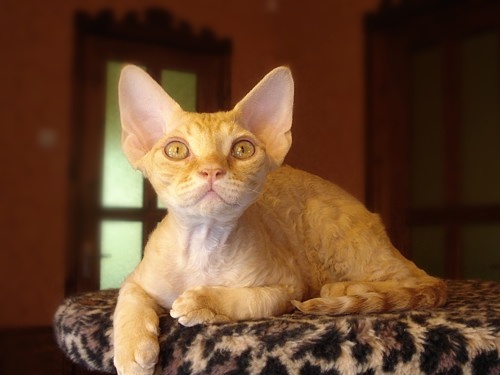
The purpose of this study was to determine whether patient signalment (age, breed, sex, and neuter status) is associated with naturally-occurring feline infectious peritonitis (FIP) in cats in Australia. FIP is a feline coronavirus-induced disease. There have been several risk factors discussed in association with the development of FIP. The disease is more frequent in cats less than 2 years of age, cats that reside in multi-cat environments, and in pedigreed cats. Early studies suggested FIP has a bimodal age distribution, though recent studies do not support this observation. In this study, the patient signalment of 382 confirmed cases of FIP were compared with a general cat population. Younger cats were significantly over-represented among FIP cases and a bi-modal age distribution was not found. Pedigreed cats were significantly over-represented and domestic crossbreeds under-represented in FIP cases. Several breeds were over-represented, including British Shorthair, Devon Rex, and Abyssinian. Male cats had a significantly higher proportion of representation than female cats. Domestic crossbred, Persian, and Himalayan cats were significantly under-represented in the FIP cohort of this study. [VT]
See also: Pesteanu-Somogyi L, Radzai C, Pressler B. Prevalence of feline infectious peritonitis in specific cat breeds. J Feline Med Surg 2006;8:1-5.
More on cat health:
Winn Feline Foundation Library
Find us on Facebook
Follow us on Twitter
Read the Cat Health News Weekly
Join us on Google+
No comments:
Post a Comment